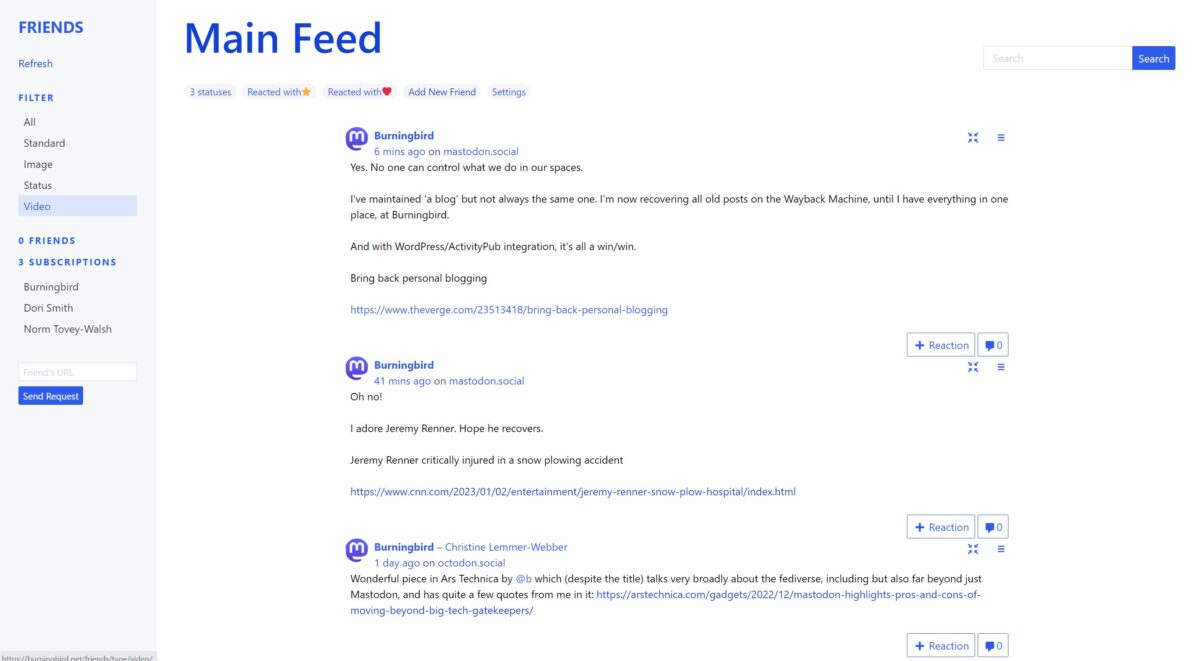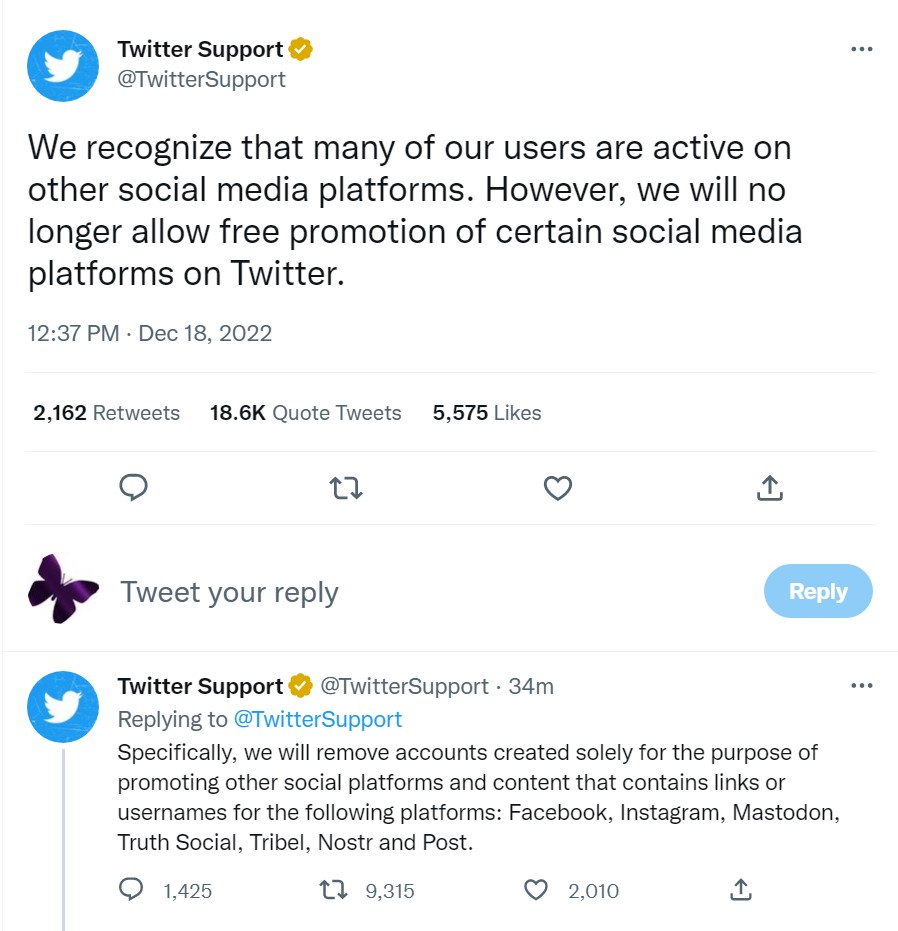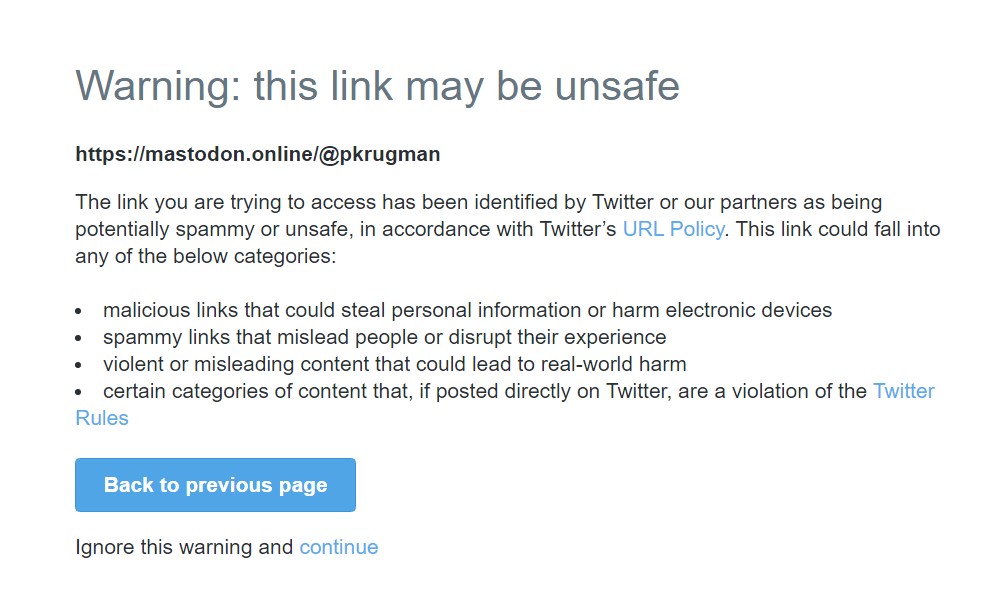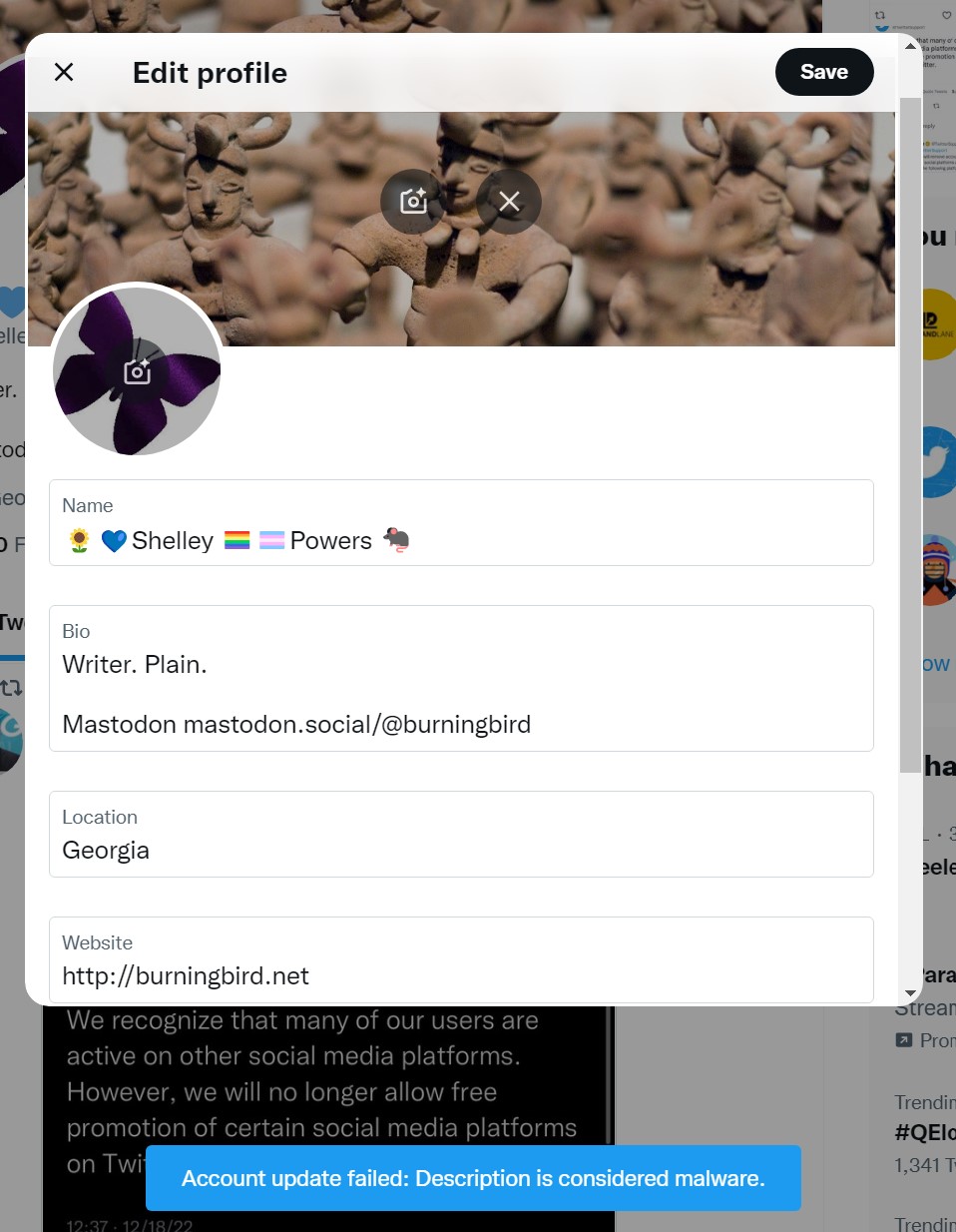The ActivityPub WordPress plug-in is working beautifully. Not only can people follow me on Mastodon, I can now follow them back using the complementary Friends plugin.
This plugin isn’t specific for ActivityPub. It allows you to subscribe to friend’s posts, ala Google Reader, and creates a personal Friends page to read most recent posts. ActivityPub integrates with this so you can follow Fediverse accounts such as those on Mastodon. The header screenshot shows the Friends page, which is a nice, clean feed reader page. But it’s personal. The following image shows what happens if someone else accesses the page.

So now, people in Mastodon can follow my Burningbird posts (I’m Bosslady), and I can follow them back. And if folks reply to my Burningbird posts on Mastodon, I get a comment to the post here in Burningbird.
The integration isn’t seamless. Replies on Mastodon to a post show up as comments, but unless I enable comments for the post, you can’t respond to the comment. And if you do, it doesn’t show back up as a reply on Mastodon. In addition, I can star a Mastodon post in my Friends page here at Burningbird, but it doesn’t reflect back to Mastodon.
Still, the integration is impressive, and usable right now. I suspect it will only get better over time.
One change I did make was to limit my posts to a 400 character excerpt. It’s not usual for me to push out 2000 or more words in a post. I don’t think this is social media friendly. I also limit the content to non-HTML text, only. Don’t need to send out something that could cause issues in an ActivityPub application.
Update:
The 400 character excerpt didn’t work out well, because paragraph markings were removed. So now I’m trying Title and Link. I may see if WordPress excerpt will work with crossposting to Mastodon.







